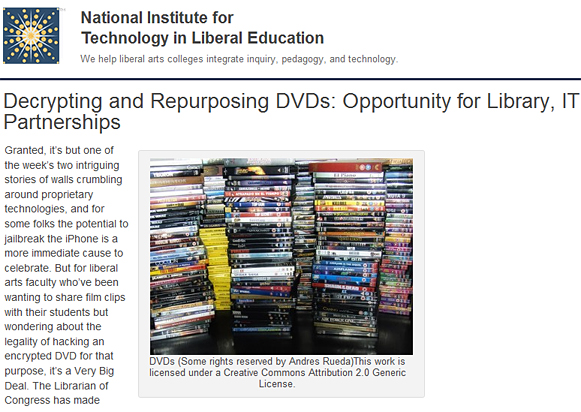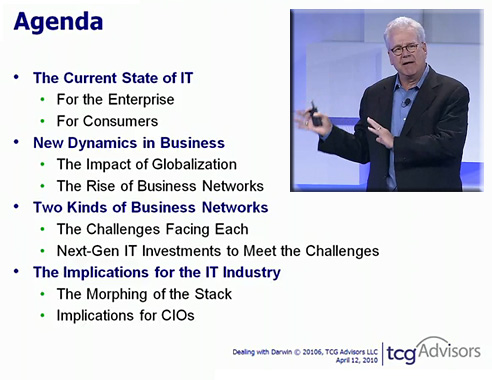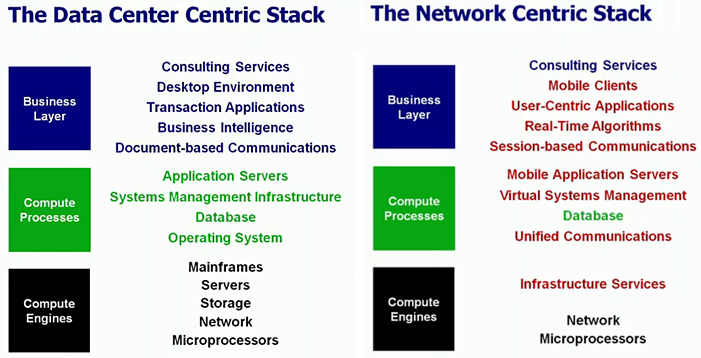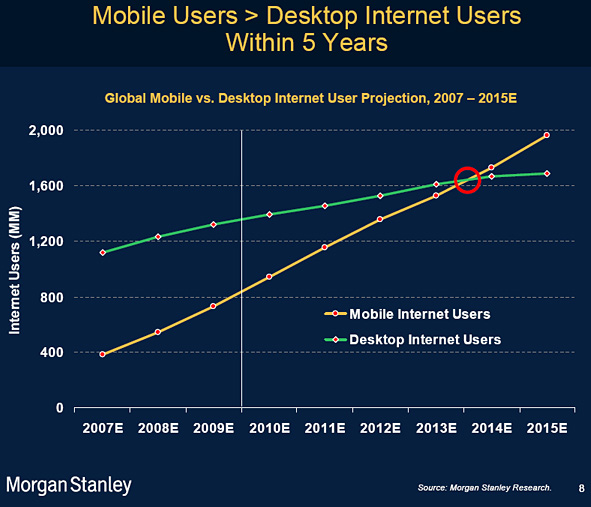Campus technology leaders: Before and after — from InsideHigherEd.com by Joshua Kim
| Before | After |
| Implements Strategic Vision | Develops Strategic Vision |
| Reports to a Top Academic Official | Is a Top Academic Official |
| Background in Technology | Background in Education or Libraries |
| Focus is on Systems and Technology | Focus is on Learning |
| Supports Faculty Teaching | Enables Active Learning |
| Manages Local Technology Infrastructure | Manages Cloud Based Technology Infrastructure |
| Manages Enterprise Systems | Manages Integration of Enterprise with Consumer Systems |
| Technical and Managerial Intelligence | Social and Emotional Intelligence |
| Has To Do More with Less | Has To Do More with Even Less |
| Focus is on Implementation | Focus is on Implementation and Experimentation |
| Presides Over Expensive Services | Key Driver of New Revenues and Increased Productivity |
| Manages Technology Infrastructure | Evangelizes Potential of Technology for Educational Transformation |
.
From DSC:
This caught my eye because I am a firm believer that all decision-making boards at each and every college and university (across the entire world) must now have a visionary, informed technology leader on them — as such technologists will be able to provide important strategic direction to their organizations. It’s not just about keeping the systems running anymore (which is a tough enough job by the way) — it’s also about setting strategic direction and using technology to increase the number of students one can assist/develop (while aiming to decrease the price of such offerings).















